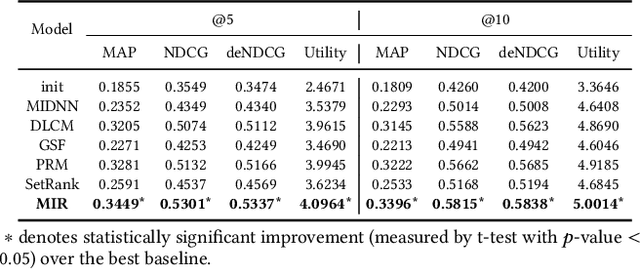Xilong Zhao
Domain Invariant Learning for Gaussian Processes and Bayesian Exploration
Dec 18, 2023Abstract:Out-of-distribution (OOD) generalization has long been a challenging problem that remains largely unsolved. Gaussian processes (GP), as popular probabilistic model classes, especially in the small data regime, presume strong OOD generalization abilities. Surprisingly, their OOD generalization abilities have been under-explored before compared with other lines of GP research. In this paper, we identify that GP is not free from the problem and propose a domain invariant learning algorithm for Gaussian processes (DIL-GP) with a min-max optimization on the likelihood. DIL-GP discovers the heterogeneity in the data and forces invariance across partitioned subsets of data. We further extend the DIL-GP to improve Bayesian optimization's adaptability on changing environments. Numerical experiments demonstrate the superiority of DIL-GP for predictions on several synthetic and real-world datasets. We further demonstrate the effectiveness of the DIL-GP Bayesian optimization method on a PID parameters tuning experiment for a quadrotor. The full version and source code are available at: https://github.com/Billzxl/DIL-GP.
Learning Enhanced Representations for Tabular Data via Neighborhood Propagation
Jun 14, 2022



Abstract:Prediction over tabular data is an essential and fundamental problem in many important downstream tasks. However, existing methods either take a data instance of the table independently as input or do not fully utilize the multi-rows features and labels to directly change and enhance the target data representations. In this paper, we propose to 1) construct a hypergraph from relevant data instance retrieval to model the cross-row and cross-column patterns of those instances, and 2) perform message Propagation to Enhance the target data instance representation for Tabular prediction tasks. Specifically, our specially-designed message propagation step benefits from 1) fusion of label and features during propagation, and 2) locality-aware high-order feature interactions. Experiments on two important tabular data prediction tasks validate the superiority of the proposed PET model against other baselines. Additionally, we demonstrate the effectiveness of the model components and the feature enhancement ability of PET via various ablation studies and visualizations. The code is included in https://github.com/KounianhuaDu/PET.
Multi-Level Interaction Reranking with User Behavior History
Apr 20, 2022



Abstract:As the final stage of the multi-stage recommender system (MRS), reranking directly affects users' experience and satisfaction, thus playing a critical role in MRS. Despite the improvement achieved in the existing work, three issues are yet to be solved. First, users' historical behaviors contain rich preference information, such as users' long and short-term interests, but are not fully exploited in reranking. Previous work typically treats items in history equally important, neglecting the dynamic interaction between the history and candidate items. Second, existing reranking models focus on learning interactions at the item level while ignoring the fine-grained feature-level interactions. Lastly, estimating the reranking score on the ordered initial list before reranking may lead to the early scoring problem, thereby yielding suboptimal reranking performance. To address the above issues, we propose a framework named Multi-level Interaction Reranking (MIR). MIR combines low-level cross-item interaction and high-level set-to-list interaction, where we view the candidate items to be reranked as a set and the users' behavior history in chronological order as a list. We design a novel SLAttention structure for modeling the set-to-list interactions with personalized long-short term interests. Moreover, feature-level interactions are incorporated to capture the fine-grained influence among items. We design MIR in such a way that any permutation of the input items would not change the output ranking, and we theoretically prove it. Extensive experiments on three public and proprietary datasets show that MIR significantly outperforms the state-of-the-art models using various ranking and utility metrics.
 Add to Chrome
Add to Chrome Add to Firefox
Add to Firefox Add to Edge
Add to Edge